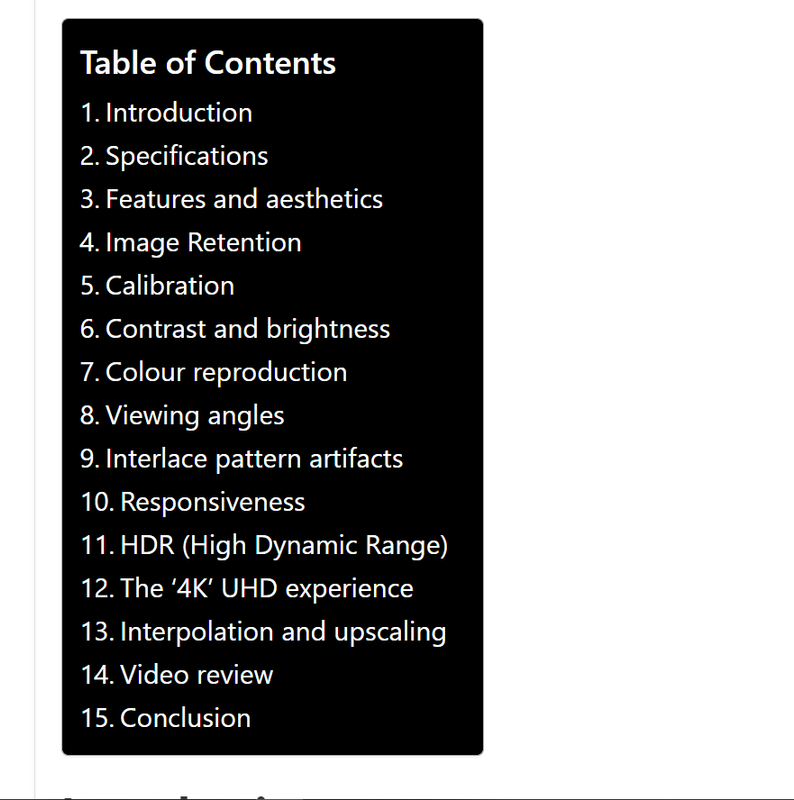Jon Pais
Well-known member
- Joined
- Jun 12, 2021
- Messages
- 287
- Reaction score
- 134
- Points
- 43
The definition technically allows it, but the client specs say something different. I know of cases where the facilities are using LG 32EP950 (which I prefer to the Asus) or the Asus PA32, and just being careful about average Dolby Vision levels not getting too high. As one example, I know of a major -- think $100 million+ -- 2022 feature where the director came in and said, "ya know what... I prefer the SDR picture. Don't make it much brighter than that. You can let the specular highlights stray up to 300, 400 nits, but other than that, keep everything about where it is." Huge movie, already shipped, nobody cared or noticed. And this is a huge A-list director nobody was going to argue with.
Unfortunately, the majority of Dolby Vision shows on Netflix are no more than low con SDR in an HDR container. Most of these shows continue to be lit in an SDR environment, they’re monitored in SDR, and the very first time anyone sees their footage on an HDR display is in the grading suite. Not infrequently, both the post-production house and the director or producer preemptively rule out a version that dramatically departs from the SDR version; the result being that HDR turns out to be little more than a marketing gimmick. According to ARRI and others, grading the HDR version first and making a trim pass after often yields a better SDR grade, the downside being, that the client who has seen the HDR version first will not be happy with the SDR. Dolby Vision wanted to find out whether industry professionals preferred a ‘hand graded’ SDR version of a Hollywood film or the Dolby Vision derived SDR version, so they went on a worldwide tour of nine cities to do an ‘SDR Survey’. The cities they visited were Los Angeles, Tokyo, London, New York, Toronto, Seoul, Mumbai, Munich and San Sebastian (Spain). The 560 participants included colorists, engineers, post producers, studio executives, studio mastering teams, directors of photography, directors and creatives. You can watch the video to learn the results. Nevertheless, it is no secret that many in the industry are either hostile or indifferent toward HDR.
Last edited:


